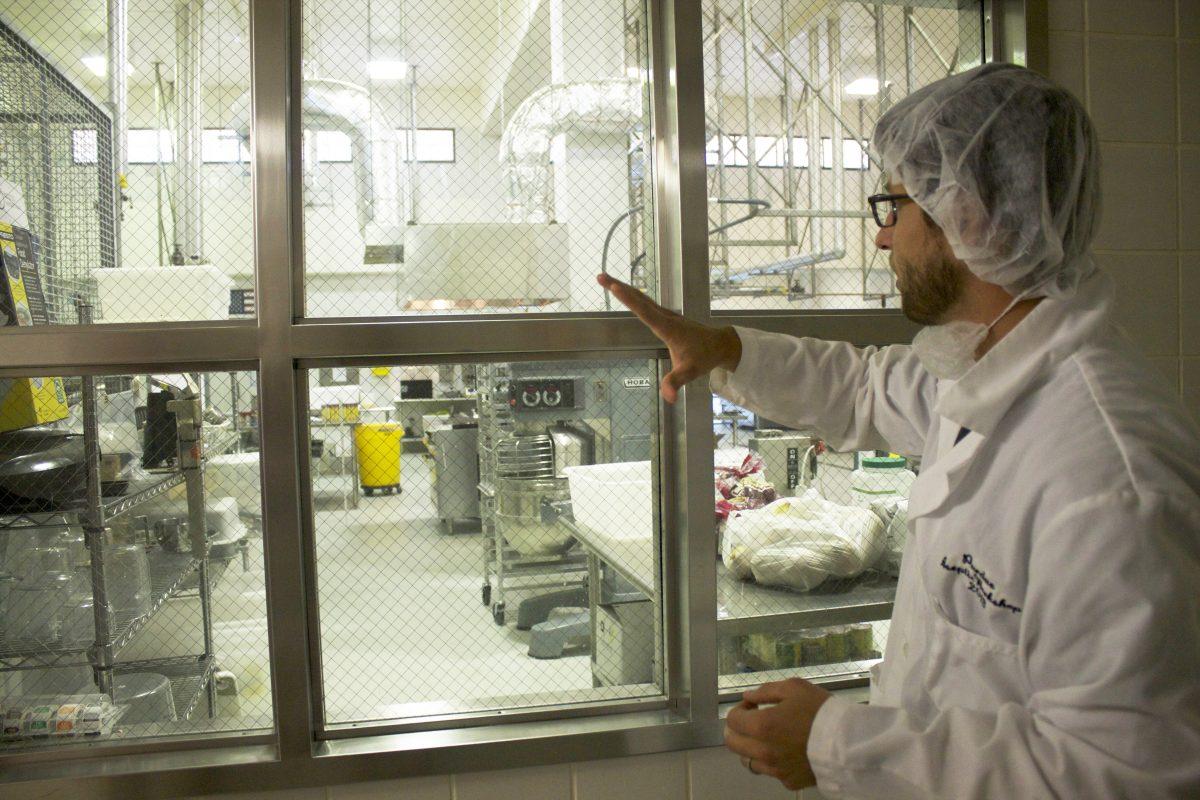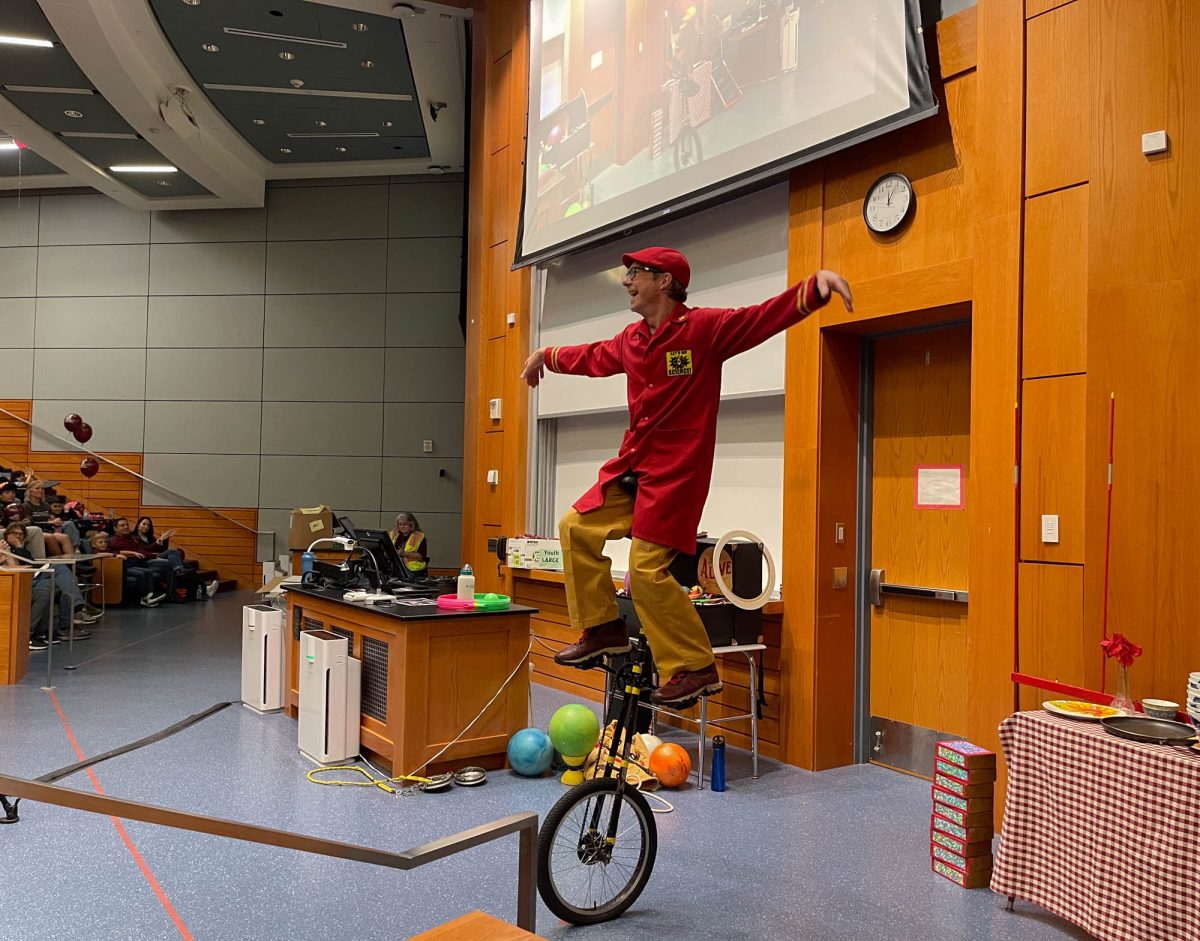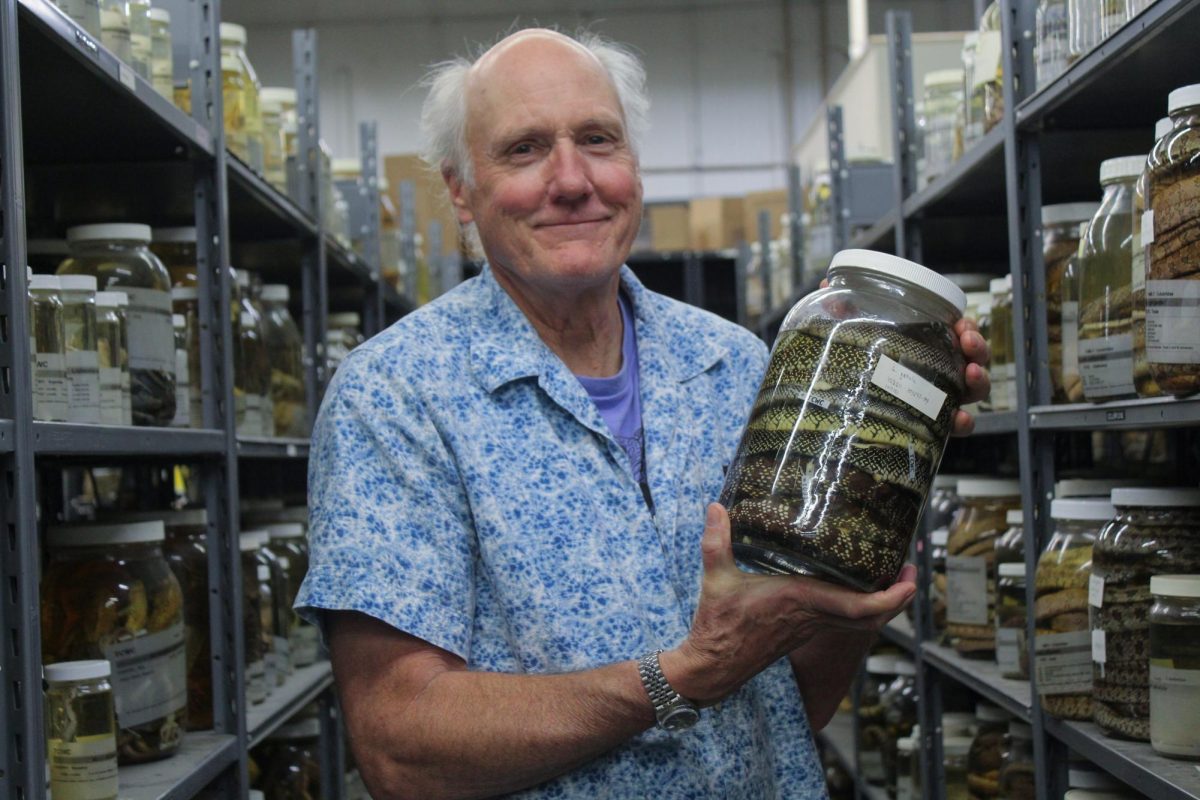Roughly 40 percent of the food astronauts will eat in orbit comes from Texas A&M.
Through a long standing partnership with NASA, university scientists and technicians mix science with culinary skills to prepare this food for astronauts at the International Space Station.
A&M’s partnership with NASA is made possible in part because of unique food-sterilizing tool — a powerful electron beam in the National Electron Beam Research Facility. The beam bombards food samples with electrons until every single microbe that could cause disease is eliminated.
Through this process, food can be highly sterilized to nullify any risk of potential sickness while astronauts are on the space station.
“Can you imagine how much of a disaster it would be to have one of the astronauts come down with a stomach bug?” said Craig Nessler, director of AgriLife Research. “Foodborne illness in space with weightlessness while in a confined area, you can leave that up to the imagination.”
In addition to ensuring that food is as clean of food poisoning as possible, the university also works with dieticians to develop food that is nutritional and still varied and interesting.
Benjamin O’Neal, a graduate student at A&M and NASA scientist, works in the facility producing the space food.
“My role comes in when we actually do the making of the food.” O’Neal said. “We do all the prep and everything from raw ingredients to the shelf stable product.”
Once the food is completed at A&M, it is shipped to NASA Johnson Space Center in Houston where it is tested for quality. If the food passes inspection, it will be stored until it is loaded on a space vehicle for launch.
The space food is an essential part of the missions, but it also represents a significant amount of the weight in the ship. O’Neal said 20 to 25 percent of the total mass that will go up to space, including the spacecraft, is food from Texas A&M’s laboratory. A wide array of dishes are included in this mass.
“We have about 60 products that come through here,” O’Neal said. “We make everything from meat products to desserts and side dishes like green beans and potatoes.”
Speakmon said the menu for astronauts includes many Asian and international dishes in order to give astronauts a variety of tastes to choose from while they are in space.
“This is like food that you eat in a five star restaurant,” Speakmon said. “The idea is that when they are up there captive in a small area, their digestive system, which affects their mind more than anything, will be at ease.”
Currently, the food has a shelf life of three years, but researchers at the university are working to extend that to five years.
“The product will be shelf stable and last forever, the only thing is that you get moisture migrations so the quality might not be as great,” O’Neal said.
Accomplishing the five-year shelf life would be a huge step toward future anticipated Mars missions, as it would ensure that the astronauts are always able to eat a fresh, safe meal.
Food for the ‘final frontier’
October 27, 2015
0
Donate to The Battalion
$2790
$5000
Contributed
Our Goal
Your donation will support the student journalists of Texas A&M University - College Station. Your contribution will allow us to purchase equipment and cover our annual website hosting costs, in addition to paying freelance staffers for their work, travel costs for coverage and more!
More to Discover










